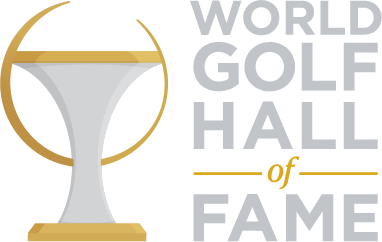No, with Player there has always been a palpable sense of something extra. Perhaps no golfer has ever craved victory so much for such a long time. “What I have learned about myself,” he wrote in his 1991 autobiography, “is that I am an animal when it comes to achievement and wanting success. There is never enough success for me.”
His peers, who included Arnold Palmer and Jack Nicklaus in their primes, knew it. “I don’t think Gary was a great driver of the golf ball,” said Nicklaus. “I don’t think he was a great iron player. He was a good putter, not a great putter. But when he really needed to be, he was a great driver, and a great iron player, and he made the putt when he needed to make it. Gary, as much as anyone I ever saw, has that thing inside him that champions have.”
Gary Player was born November 1, 1935, in Johannesburg, South Africa, the youngest of three children to Harry and Muriel Player. His father was a captain in a gold mine who spent most of his working life 12,000 feet underground. His mother was a well-educated woman who died of cancer when Gary was 8. Player wrote that her loss “has been a means for me, as it were, to settle some unfathomable debt.”
He chose to try to pay it back as a golfer, although he didn’t take up the game until he was 14. He turned professional in 1953 at age 17 and quickly won several times in Africa, Europe and Australia. In 1957, he came to America, and upon seeing how far the game’s best professionals hit the ball, intensified his exercise regimen, weakened his hooker’s grip and set about learning how to carry the ball farther. The next year he won the Kentucky Derby Open and was heartened by a second-place finish at the U.S. Open, where his idol, Ben Hogan, locked him with a stare and said, “Son, you are going to be a great player.”

